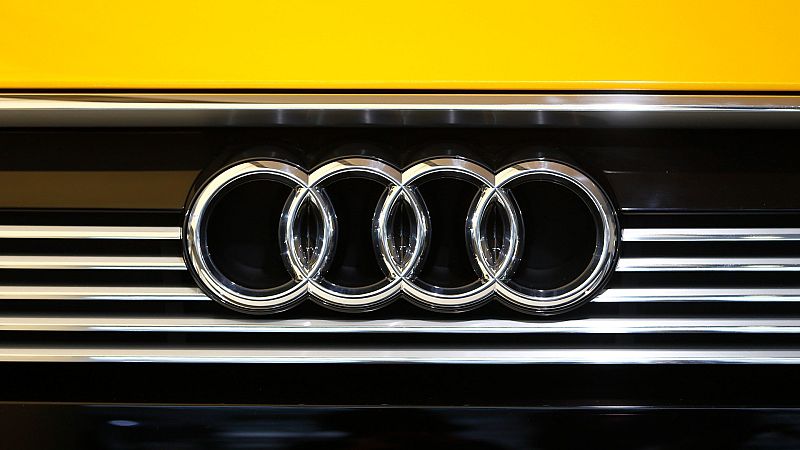
German car giant Audi released its first quarter 2025 results on Monday, reporting revenue of €15.4 billion, which was an increase of 12.4% from the same corresponding period in 2024. This was primarily because of a better mix, along with higher battery electric vehicle (BEV) sales.
This was despite hurdles such as intensifying competition, a weaker global economic outlook and geopolitical volatility.
Operating profit came to €537 million for the first quarter of the year. Return on sales was 3.5%, mainly impacted by higher costs of goods sold, provisions for the CO2 regulation and a higher BEV share. Net cash flow was -€61m.
Audi delivered 46,371 electric cars globally in the first quarter of the year, which was a surge of 30.1%. In France, these electric vehicles experienced a 169% surge in demand, with demand jumping 120% in Switzerland as well.
EV sales soared 87% in the Netherlands too, while Norway recorded an increase of 64%. Similarly, electric cars experienced an increase of 59% in Audi’s domestic market Germany.
Total Audi deliveries came to 383,401 vehicles in the first quarter, which is a 3.4% fall compared to the same quarter in 2024.
Gernot Döllner, Audi’s chief executive officer (CEO), said in the earnings press release on Volkswagen Group’s website: “The first few months of 2025 saw us take decisive steps towards repositioning our company. This includes the agreement for the future concluded between company management and the works council in March, which aims to increase productivity, speed and flexibility at our German sites.
“The year will continue to be very challenging due to the global economic conditions. But Audi has started to execute its strategy and is delivering on it. Our model initiative is now, step by step, coming onto the global markets. We are particularly encouraged by sales and order intake for our new electric models.”
Jürgen Rittersberger, Audi’s chief financial officer (CFO), also said: “Our key figures for the first quarter clearly show that we must continue to improve our efficiency and competitiveness and are therefore pushing ahead with the transformation of Audi with our full strength.”
He added: “The agreement for the future has set the right course. Together, we will tackle the challenges and the necessary changes and bring Audi back to the forefront.”
Coming to the outlook for the whole year, the Audi Group estimates that revenue will come to somewhere between €67.5bn and €72.5bn, while the operating margin is likely to be between 7% and 9%. Net cash flow is expected to be between €3bn and €4bn this year.
The company said in the Q1 2025 earnings press release: “Against the backdrop of the present high volatility, the financial implications of import tariffs, particularly in the United States, cannot be conclusively assessed.
“The financial repercussions of the agreement for the future are currently being evaluated, as certain parts of the agreement are still being worked out. As a result, the forecast does not yet include these two factors.”
Audi experiences surge in fully electric vehicle demand
Audi’s deliveries of fully electric models surged 50.4% in the first quarter of 2025, compared to the same quarter last year, at 25,129 units. In Germany, Audi delivered 8,640 units of fully electric vehicles, which was a jump of 59%.
Overall Audi brand deliveries in Europe, excluding Germany, fell 3% to 112,707 units in the first quarter of the year. In Germany, Audi deliveries rose 4.8% to 48,447 units in the first three months of the year.
The company also experienced its best first quarter ever in Poland, Croatia and Austria in terms of deliveries across all drive types.
North American deliveries (excluding Mexico) dropped 2.1% to 48,599 units, mainly because of several models going through a generational change at the moment.
In China, deliveries came up to 144,471 units in the first quarter of the year, which was a drop of 7% compared to the same quarter last year. This was mainly because of higher competition in the domestic Chinese market.
As such, Audi is working on quickly growing its electric vehicles portfolio and strengthening its Chinese operations with models tailored to local consumers, as well as tie-ups with local partners.







